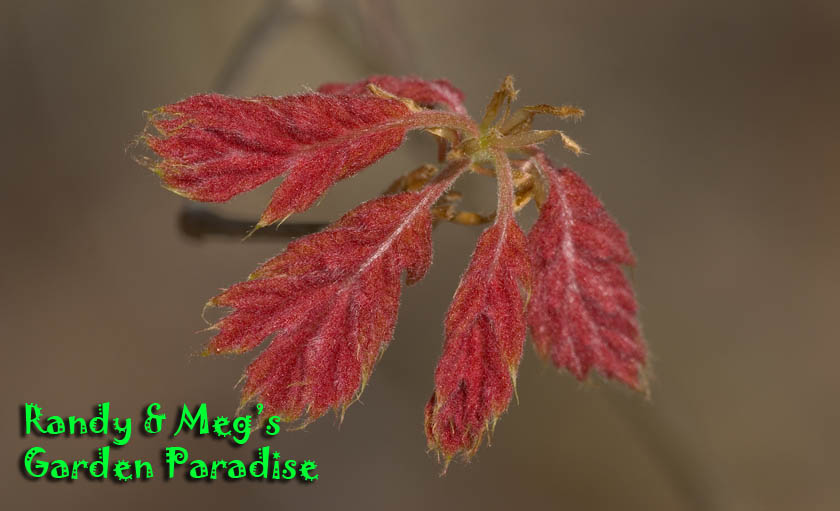Back to Goldenrod it was covered in mostly buckeyes and I had many opportunities to get some butterfly photos for the blog, do we have enough of them here yet?
This male Monarch really gave me a nice angle! I have hundreds of Monarch photos, this one stands out a little. See the black dot on the rear wing, that is the male scent patch.
Here is a fresh fall form Question Mark, Polygonia interrogationis These butterflies have two forms summer (black) and fall form (orange). You can tell the Question Mark from the Eastern Comma by the 4 spots on the center of the forewing, Eastern Comma has 3 spots. Best to check my link above too!
Here is the Common Buckeye. Lots of places in the eastern US is having a boom year for them. Around here they have been seen in big numbers for 2 months at least. To be honest it was difficult just choosing 2 photos of buckeyes as I took lots of photos of them posing at will everywhere on the goldenrod.
This time of year if your lucky and look at every buckeye you can, chances are you might find a 'rosa" form Common Buckeye which is all red on the underside. So far this year I have seen one 'rosa' in the yard and another in the field. Look at the bottom of this page to see a 'rosa' form buckeye.
Here is an Variegated Fritillary, Euptoieta claudia, I estimated seeing over 75 of these on my stroll in the impoundments! Not easy to get a photo of as they are usually very fast moving.
Above is the Viceroy and below is a close relative the Red-spotted Purple. I might have seen more Viceroys than I'd ever seen before, estimated seeing 75+! Red-spotted Purples are winding down, they come out earlier than Viceroys.
Sulphurs puddling
One the left is a Sleepy Orange, the second and forth ones are Orange Sulphurs and the third one is the Cloudless Sulphur. All of these butterflies are males, males get minerals from the sand to aid in reproduction. Puddling was a big event on my walk, several places I found 50 or more Pearl Crescents and lots of Common Checkered Skippers. All of the species shown above were puddling one place or the other usually in smaller numbers.This Monarch was taken on Sunday. I knew Brian was leading a Monarch Tagging session along the tracks near Falls Lake, I kind of dropped in on them. They tagged two monarchs while I was hanging out with them. That flower is Groundseltree, Eastern Baccharis a huge shrub that can get to 10 foot tall in about 20 years it is a native shrub here. This one was blooming a tad early, it had 5 Monarchs, 3 Viceroys, 2 Red-spotted Purples and 8-10 Common Buckeyes on it, none were going anywhere they were 'glued' to it. I took this photo with my G11 camera with the flash turned on for fill from a steep gravely slope with the camera held up as far as I could reach with it, using the flexible view finder screen bent down to see my photo. Also I walked the RR tracks nearly 2 miles to get this photo.
Groundseltree, Eastern Baccharis (Baccharis halimifolia) has male and female plants, the male plants attract the butterflies. I have found that the flowers only attach butterflies for just a few days when they are yellow like in the photo above.
That is Brian just after netting a Monarch! Notice all the goldenrod!
Getting the Monarch ready to tag.
Here is it NPG 431 be looking for it south of North Carolina! Both Monarchs they caught were very fresh. Between Saturday and Sunday I saw something like 36 Monarchs and only 2 were beat up, the rest just as fresh as this one. Both days I was able to watch the sky and see a single Monarch floating far overhead, one of the coolest things in my memory. I have seen hundreds floating over head, to be honest seeing just one is just as good as seeing hundreds when they just drift by unknowingly to most people.
One last thing to tell you about I observed for the first time spiders ballooning high up in the sky on Saturday. The silken webs twisted and floated along in the breeze. They looked like tiny lightning bolts in the sun light. I also saw one web leave the field for the sky, that confirmed what they were. It is believed that spiders balloon to disperse to new hunting grounds.I did not see the tiny spiders only the webs...



























